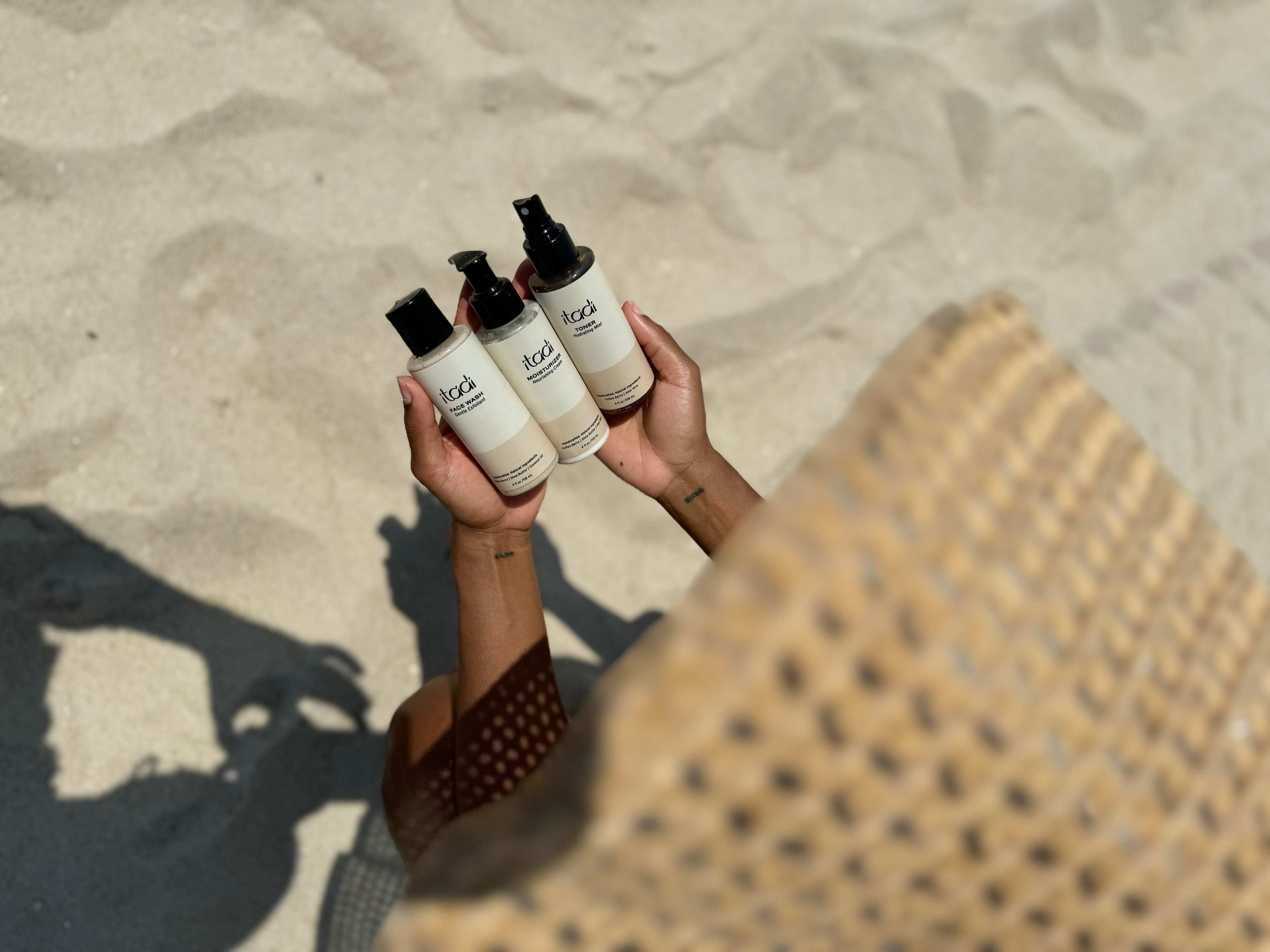Welcome to the Itadi Body blog! Ever felt lost staring at the long list of ingredients on your skincare products? You're not alone! Skincare labels can seem like a secret code, but understanding them is key to making informed choices for your skin. Today, we're breaking down how to read those labels so you can confidently pick products that truly work for you.
Why Understanding Ingredients Matters
Knowing what's in your skincare allows you to:
•Avoid Irritants: Identify ingredients that might cause sensitivity or allergic reactions for your skin type.
•Target Concerns Effectively: Choose products with active ingredients known to address your specific skin concerns (e.g., acne, dryness, dullness).
•Make Informed Decisions: Don't fall for marketing hype; the ingredient list tells the real story.
Your Simple Guide to Reading Skincare Labels
1. The Order Matters: Descending Concentration
By law, ingredients are typically listed in descending order of concentration [1]. This means the ingredients present in the largest amounts are at the top of the list, and those in the smallest amounts are at the bottom. The first five to seven ingredients usually make up the bulk of the product. However, be aware that ingredients present at 1.0% or less can be listed in any order at the end of the list [1].
•Tip: If a key ingredient you're looking for is very far down the list, it might not be present in a high enough concentration to be truly effective.
2. Active vs. Inactive Ingredients
For certain products, like sunscreens or acne treatments, you'll see a section for "Active Ingredients." These are the ingredients that the FDA (or similar regulatory bodies) recognizes as performing a specific function for a specific condition [1]. For example, Zinc Oxide or Titanium Dioxide in sunscreen are active ingredients. The "Inactive Ingredients" list contains everything else that helps create the product's texture, stability, or other benefits.
3. Look for Key Ingredients (and Their Friends)
Once you know what your skin needs, you can look for those ingredients. For example:
•Hydration: Hyaluronic Acid, Glycerin, Ceramides
•Brightening: Vitamin C (Ascorbic Acid), Niacinamide
•Anti-Aging: Retinol (Vitamin A), Peptides
•Acne: Salicylic Acid, Benzoyl Peroxide
Remember that some powerful ingredients, like peptides or hyaluronic acid, are effective even in small concentrations, so their position lower on the list doesn't always mean they're ineffective [1].
4. Watch Out for Common Irritants
While everyone's skin is different, some ingredients are common culprits for irritation, especially for sensitive skin:
•Fragrance/Parfum: Often a blend of chemicals that can cause sensitivity. Look for "fragrance-free" products when possible [1].
•Essential Oils: While natural, many essential oils can be irritating for sensitive skin.
•Alcohol Denat. / SD Alcohol: Can be drying and irritating, especially in high concentrations.
5. Pay Attention to Certifications and Claims
While not directly about ingredients, some certifications can give you clues. For example, "non-comedogenic" means the product is formulated not to clog pores, which is great for acne-prone skin. "Dermatologist-tested" or "hypoallergenic" can also indicate a product is less likely to cause irritation, though these terms aren't always regulated.
The Takeaway
Learning to read skincare labels is a journey, not a destination. Start by familiarizing yourself with the order of ingredients and a few key players that address your main concerns. Over time, you'll become more confident in choosing products that truly benefit your skin. Remember, knowledge is power, especially when it comes to your skin's health!



0 comments